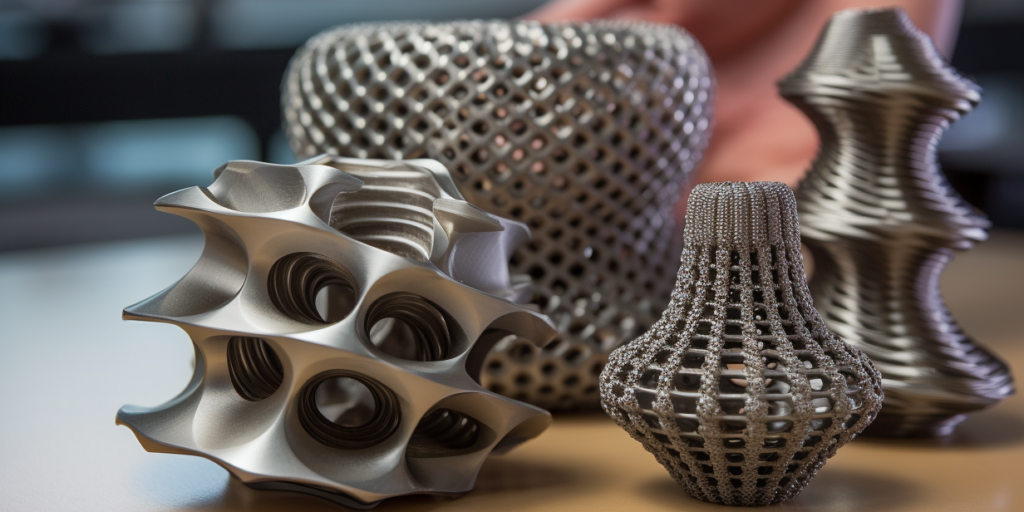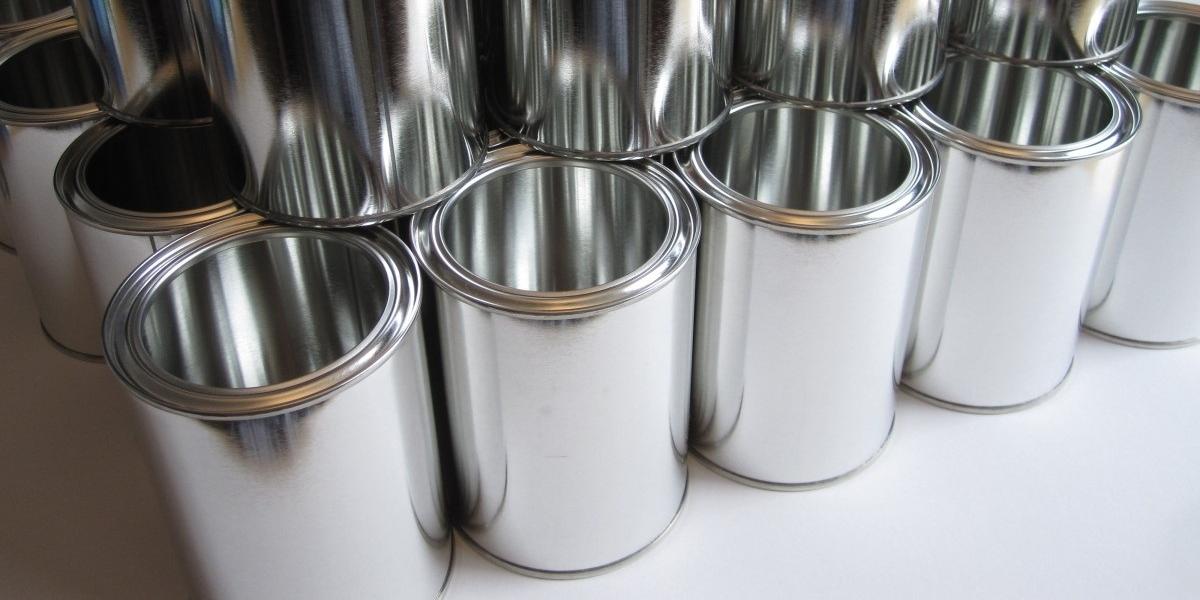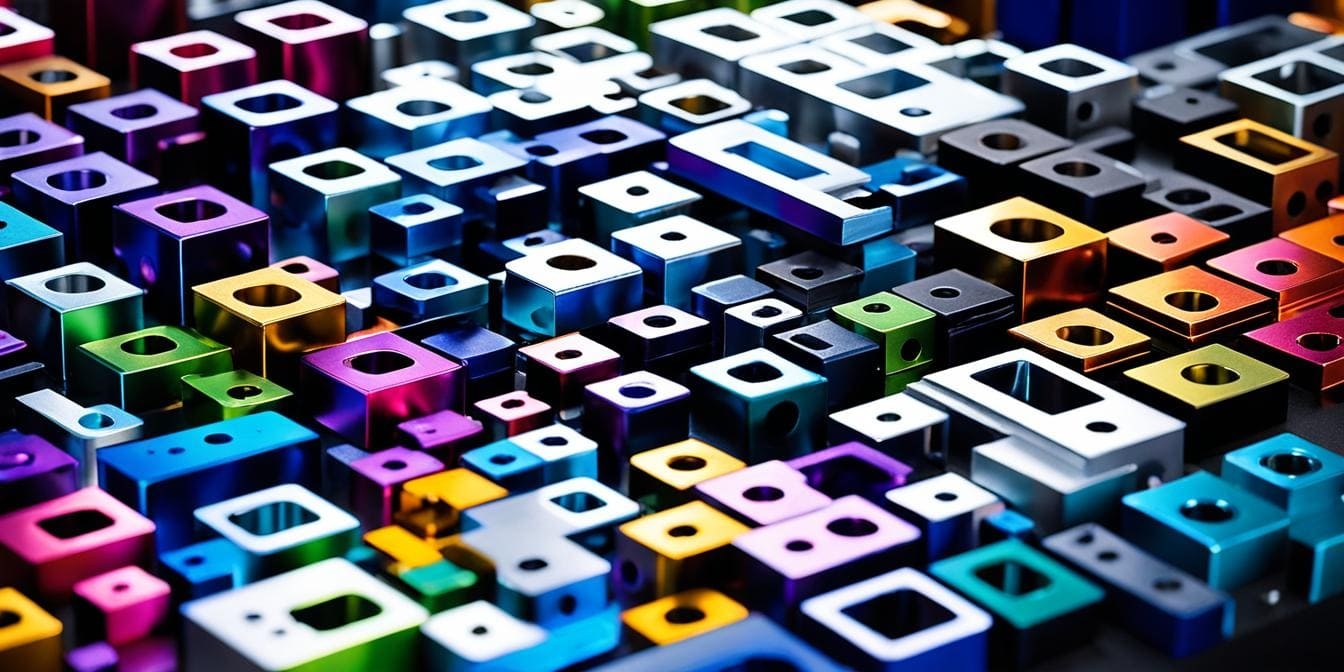Etching is a well-known art discipline, but artists might not have expected that it is also a well-known manufacturing discipline.
This article will explore the differences between this process in the two worlds.
What is Etching Technology?

There is a reason why printmakers and manufacturers prefer etching.
Definition of Etching
Etching technology is a precision manufacturing process employed primarily in the fields of electronics and microfabrication.
It involves the selective removal of material from a substrate, typically using chemical or physical means, to create intricate patterns or designs.
This technology is essential for producing components like circuit boards and microchips, where high levels of detail are crucial.
Industrial production, such as metal processing, semiconductor manufacturing, and printing, widely uses etching technology.
History of Etching
Etching, a significant printmaking technique, has its roots in the fifteenth century when Renaissance artists began to experiment with metal plates.
The process involves using acid to carve designs into a metal surface, which allows for fine details and intricate images.
Initially, its primary use was for decorative purposes and artwork reproduction, but its potential for artistic expression quickly emerged.
By the sixteenth century, etching gained popularity among artists like Albrecht Dürer and Rembrandt, who utilized it to create stunning works that showcased their unique styles.
The technique allowed for greater flexibility compared to traditional woodblock printing, enabling artists to produce multiple impressions with subtle variations.
In the nineteenth century, technological advancements further enhanced etching, leading to the development of new tools and materials.
This period marked the emergence of etching as a respected medium in its own right, paving the way for modern artists to explore and innovate within this timeless art form.
How Does Etching Differ from Other Manufacturing Processes?
Precision
Unlike traditional machining methods, etching is a process that utilizes chemical or electrochemical reactions to dissolve specific areas of the substrate.
This allows for greater precision and the ability to produce fine details that might be challenging to achieve with other techniques.
Material Versatility
You can use etching on a variety of materials, such as metals, glass, and ceramics.
Its versatility distinguishes it from processes such as milling or turning, which frequently restrict their application to specific materials. Additionally, it removes only the desired sections of the substrate, leading to less scrap.
Industry Adaptability
Applications such as circuit board production and fine art widely use etching, demonstrating its adaptability across different industries.
This contrasts with more conventional methods that may be better suited for bulk production or larger-scale components.
Different Types of Etchings
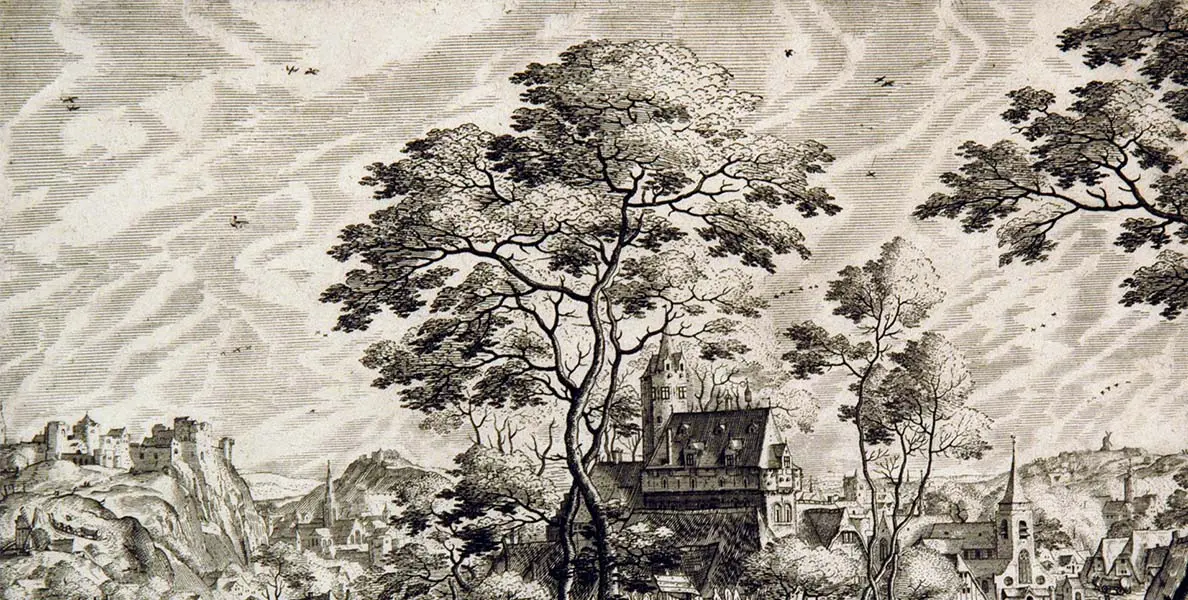
Etching is a captivating printmaking technique that employs various methods to create intricate designs on metal plates.
Wet Etching
Wet etching, one of the most popular types, involves coating a metal plate with a resist and then immersing it in an acid bath.
This method allows for precise control over the depth and detail of the lines, resulting in beautifully detailed prints.
It is widely used in metal processing and semiconductor manufacturing.
Dry Etching
In contrast, dry etching utilizes gases instead of liquid acids, making it a cleaner and more environmentally friendly option.
Microfabrication and semiconductor manufacturing, where precision is paramount, often employ this technique.
The gas reacts with the surface during the etching process, enabling the creation of fine, intricate designs.
Dry etching can be subdivided into various types such as:
- Plasma etching
- Ion beam sputter etching
- Reactive ion etching
Soft-Ground Etching
Another fascinating variation is soft-ground etching, which uses a softer ground that allows for more texture and spontaneity.
Before etching, artists can press materials such as fabric or leaves into the ground, resulting in unique prints that capture the essence of the original textures.
Workflow of Etching Process
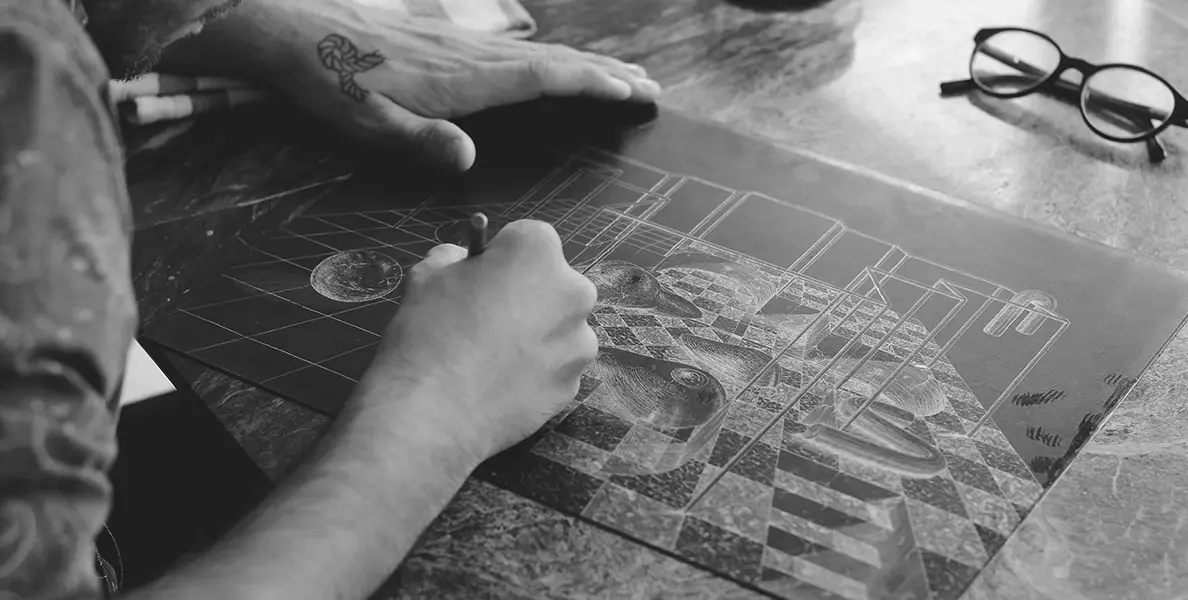
The steps for industrial and fine art are different.
Fine Art Etching
- Preparation of the metal plate: It is typically made of copper, zinc, or steel. The artist cleans the surface to eliminate impurities, guaranteeing a smooth finish.
- Create a Protective Layer: The purpose is to apply an acid-resistant ground to create a protective layer over the plate. This step is crucial as it allows for precise design work.
- Draw the Image: Once the ground is dry, the artist uses a sharp tool to draw the desired image onto the plate, exposing the metal beneath.
- Etch with acid: The artist then immerses the plate in an acid bath, etching away the exposed areas to create grooves that will hold ink.
- Rinse: Once the exposure is sufficient, the artist removes, rinses, and cleans the plate to halt the etching process.
- Wipe cleaning: After inking the plate, the artist wipes away the excess ink, leaving the ink only in the etched lines.
- Printing Press: The press then places the plate, transferring the design onto paper to complete the process.
Industrial Etching
The industrial etching process is a meticulous series of steps that transforms raw materials into intricately designed components.
- Preparation: The process involves cleaning the substrate to eliminate impurities and guarantee the resist material adheres optimally.
- Coat: Manufacturers perform a photoresist application, applying a light-sensitive coating to the surface.
- Apperant: Using a mask exposes the photoresist to UV light for development, revealing the desired pattern.
- Etching: Using chemical or plasma etching techniques to remove the exposed areas after establishing the pattern.
- Cleaning: Post-etch cleaning is essential to remove any remaining resist and etching residues.
- Check: Lastly, manufacturers inspect and control the etched components to ensure they meet the necessary specifications and standards, thereby preparing them for use in various applications.
What Safety Considerations Should Be Taken into Account During Etching?
Prepare a Substrate
Etching is a meticulous process that begins with substrate preparation. To prepare a substrate, one must:
- Ensure it is clean and free of contaminants,
- Using solvents or ultrasonic cleaning methods
- Apply a photoresist layer to safeguard specific areas during the etching process
Keep Process Monitored and Controlled
During the etching process, it is crucial to monitor and control various parameters such as:
- Temperature
- Pressure
- Chemical concentration
This ensures consistent etching and helps achieve the desired depth and precision.
Compliance with rules and regulations
Manufacturers should:
- Wear proper personal protective equipment (PPE) such as gloves, goggles, and lab coats to prevent exposure to hazardous chemicals
- Adequate ventilation and use of fume hoods to minimize inhalation risks
- Understanding and following safety protocols to reduce the chances of accidents
Etching in Manufacturing
All facets of manufacturing use the principles of etching, not just as a fine art process.
In Electronics
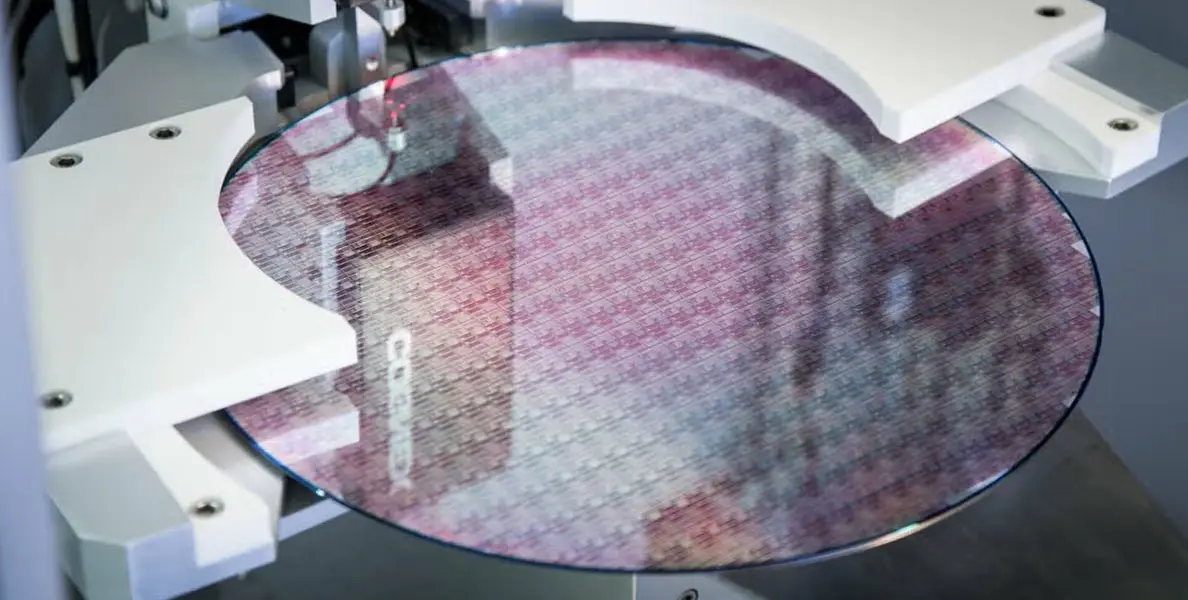
In electronics manufacturing, etching is essential for creating intricate patterns on semiconductor wafers.
This process involves removing specific areas of material to form circuits, enabling the production of microchips and other electronic components.
Precision is vital, as even the slightest error can lead to significant performance issues in the final product.
In Aerospace

In aerospace manufacturing, etching is employed to produce lightweight, high-strength components that can withstand extreme conditions.
This technique allows for the detailed shaping of metals and composites, enhancing the aerodynamics and overall performance of aircraft.
The ability to create complex geometries through etching contributes to innovations in design, improving fuel efficiency and safety in aerospace applications.
In Additive Manufacturing
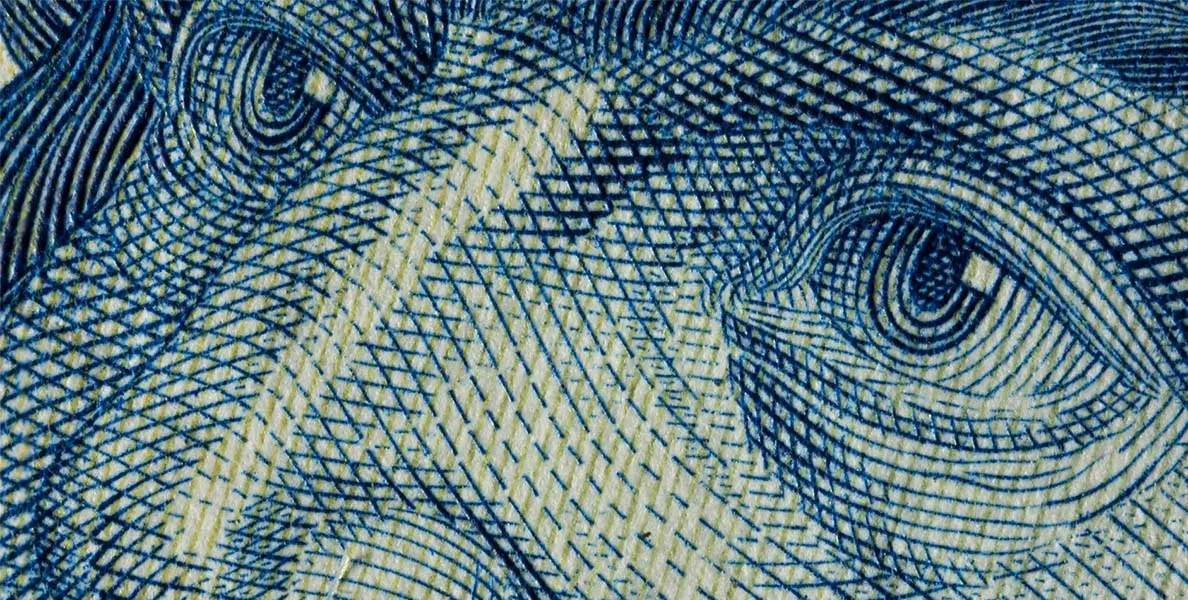
Etching is a critical process in manufacturing that enhances the precision and quality of various components.
Additive manufacturing often uses etching to refine the surfaces of 3D printed parts, eliminating excess material and enhancing layer adhesion.
This step can significantly increase the mechanical properties and visual appeal of the final product, making it essential for industries that demand high-quality finishes.
In CNC Machining
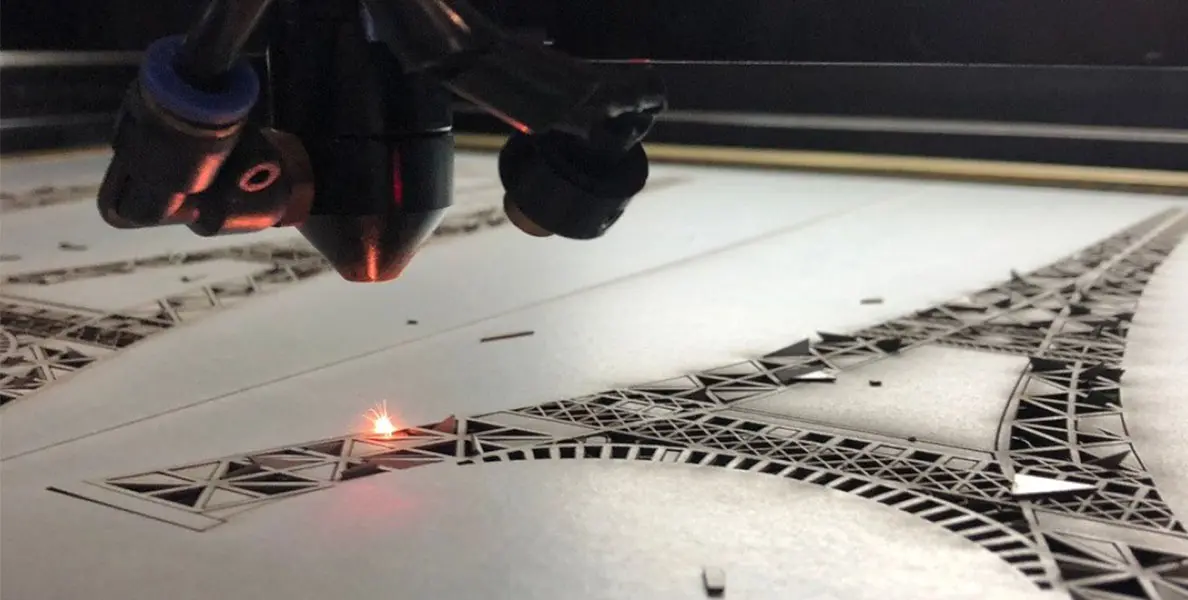
In CNC Machining, etching serves a different yet equally vital purpose. It is employed to create intricate designs or markings on machined surfaces, which can be essential for identification, branding, or functional purposes.
Manufacturers can produce complex geometries with unparalleled accuracy by combining CNC machining with etching techniques, meeting the needs of various sectors such as aerospace and automotive.
Conclusion

To sum up, many industries use etching, a versatile method, to remove material through chemical reactions or physical contact.
It has made numerous contributions to both the manufacturing industry and art.
Can XMAKE handle Etch and Engrave?
Of course! Controlling the depth and width of etching and engraving is an important step in almost every order for our 3D printing and CNC machining business as a leading digital manufacturing platform.
FAQS
Q1: What is etching and how does it relate to intaglio printmaking?
A: Etching is an intaglio printmaking process in which lines are incised into a metal plate using an etching needle. The incised lines hold the ink, allowing for the creation of prints with a variety of different tonal qualities.
Q2: How is the acid bite used in the etching process?
A: The acid bite is critical in etching; after lines are drawn on the plate, it is dipped in an acid solution. The acid eats away at the exposed metal, creating incised lines that will retain ink for printing.
Q3: What materials are commonly used in the etching process?
A: Common materials include a metal plate, an etching needle, acid-resistant varnish or wax to cover parts of the plate, and an acid solution for the bite. The varnish protects areas where the artist does not want to incise lines.
Q4: What role does heat play in the etching process?
A: Heat can be used to help the acid-resistant varnish or wax adhere to the plate, ensuring that it stays in place during the etching process. Additionally, heat may be used during the drying phase of the varnish application.
Q5: What happens after the plate is exposed to the acid?
A: After the desired time, the plate is removed from the acid solution. The ground is removed, revealing the incised lines that will hold the ink for the printing process.
Q6: What is drypoint and how does it differ from traditional etching?
A: Drypoint is a printmaking technique where lines are incised directly into the plate with a needle, creating a burr that holds the ink. Unlike traditional etching, which uses acid, drypoint relies solely on the physical incising of the surface.
References
- User. (2022, February 10). Details and definition: A look at each technology | SK Hynix Newsroom. SK Hynix Newsroom. https://news.skhynix.com.cn/details-defined-a-look-at-etch-technology/
- Spiritual Erosion: Materials and Techniques of Print Etching in the 16th Century. (n.d.). https://m.thepaper.cn/baijiahao_25992472
- Semiconductor Processes – Etching – FUBOON Advanced Ceramics. (2023, November 13). FUBOON Advanced Ceramics. https://www.fuboon.com/semiconductor-processes-etching/


